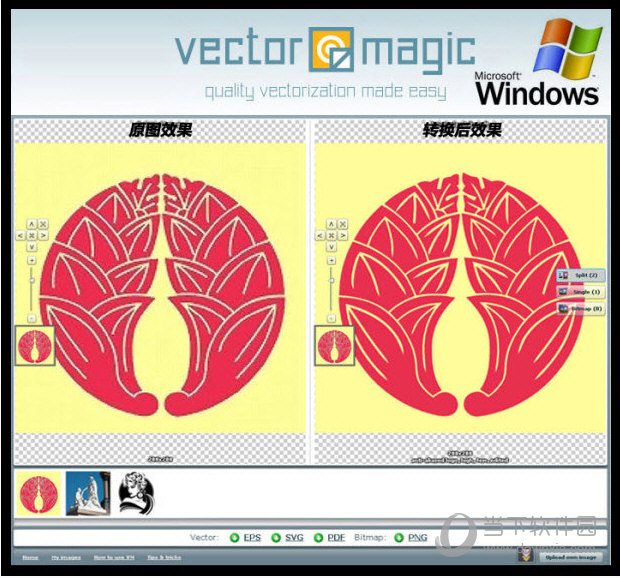

The “zoom” attribute sets the initial zoom level of the map.In this case, we are using the “streets” style and appending the LocationIQ Maps Access Token to the URL. The “style” attribute takes the URL of the map style, which we can obtain from the LocationIQ Maps API.The “attributionControl” attribute set to false hides the default attribution control of the map.The “container” attribute takes the id of the div element where the map will be displayed.Define the map and configure the map's themeĪttributionControl: false, //need this to show a compact attribution icon (i) instead of the whole text Add your LocationIQ Maps Access Token here (not the API token!) You can do this by adding the following code to your HTML document: Now that you have created the map container, it’s time to initialize the map. Let’s place an empty div in the HTML document which will be used by the MapLibre GL to display the map To enable the search functionality, you’ll need to load the LocationIQ geocoder files. Step 3: Load the LocationIQ Geocoder files To get started, you’ll need to load the maplibre-gl JavaScript and CSS files. Step 2: Load the maplibre-gl JavaScript and CSS files Login to the dashboard and capture your Access Token.Click on the ‘Sign up’ button on top right.Optional: If your deployment is public-facing, its best to secure your access token with HTTP/ IP referrer restrictions.

Make a note of it, as you will need it to use the API. Your API Access Token will be displayed on the dashboard.Once your account is created, log in to the dashboard.Your account will be created when you click this. You will receive an email with login URL.Fill out the registration form and click on the “Sign Up” button to create your account.Go to the LocationIQ website ( ) and click on the “Sign Up” button in the top right corner of the page.

Step 1: Signup for an account with LocationIQ So, are you ready to get started? Let’s go! Plus, you’ll learn helpful tips and tricks to make your maps visually appealing and interactive. We’ll walk you through the whole process – from setting up accounts to importing data to crafting custom maps. In this step-by-step guide, we’ll show you how to create interactive maps using the powerful Location IQ APIs and Maplibre-gl-JS. Are you looking for a simple way to bring your data to life with interactive maps? If so, then you are in the right place.


 0 kommentar(er)
0 kommentar(er)
